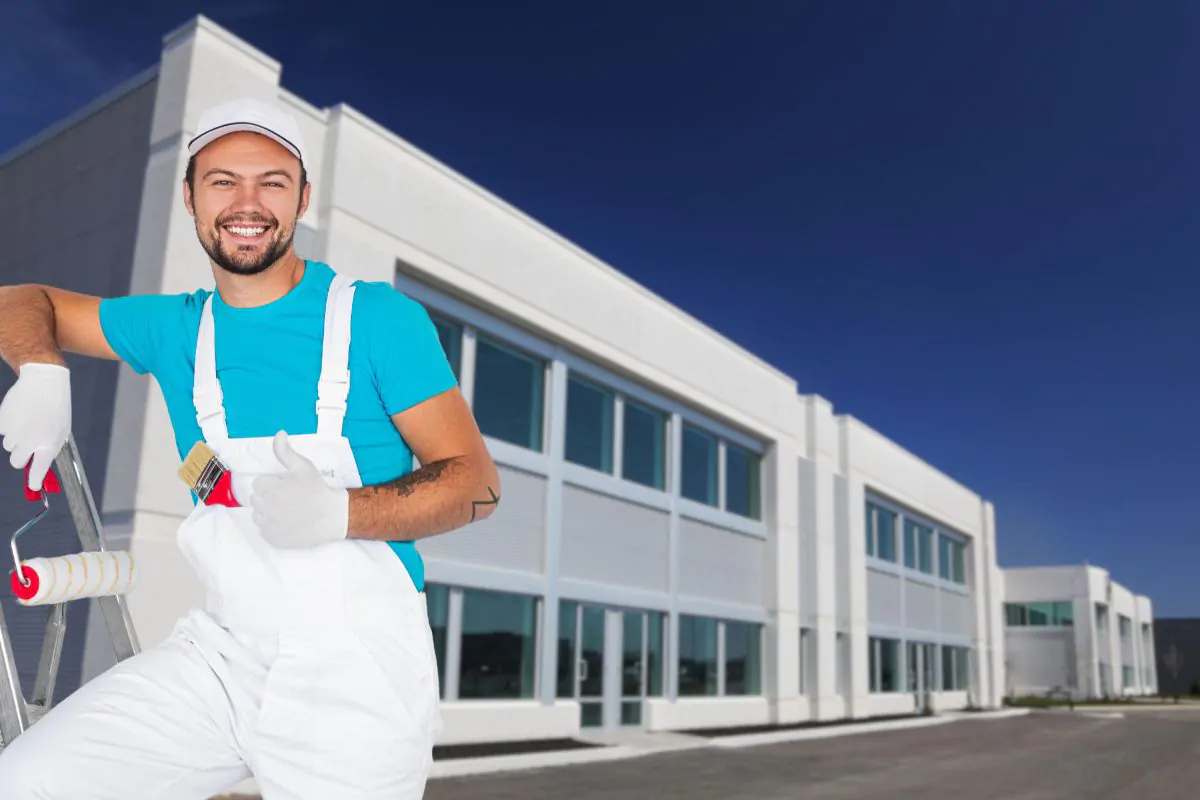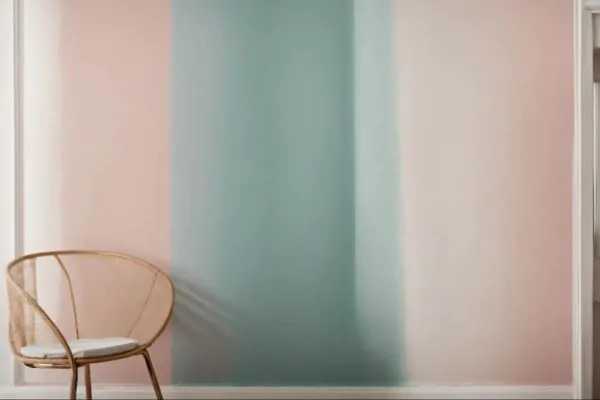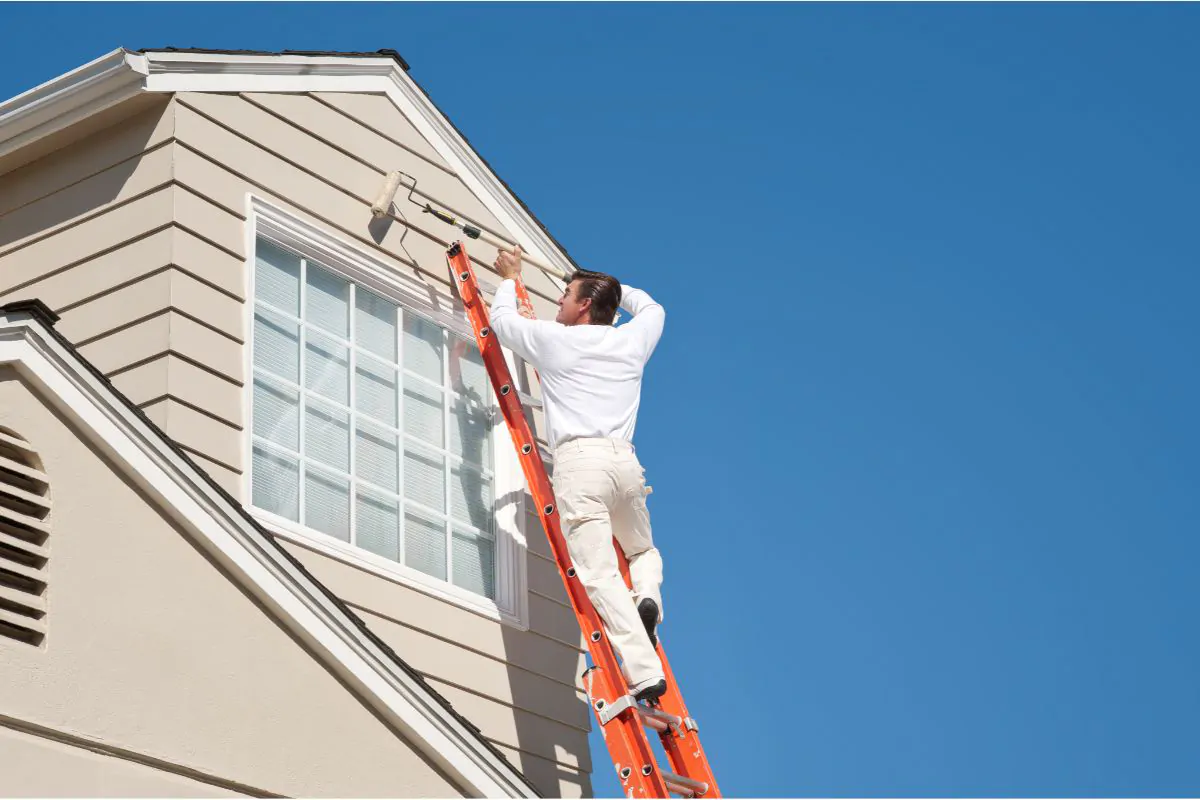Have you ever wondered when’s the best time to paint a house exterior? The secret to a stunning, long-lasting paint job isn’t just about choosing the right color and timing. Imagine your home with a fresh, vibrant look that turns heads and stands the test of time. But here’s the catch: timing is everything. The best time to paint your house exterior depends on more than just the season; it’s about understanding weather patterns, temperature, and humidity to ensure your paint job doesn’t just look good now but remains flawless for years to come. For more details, do not hesitate to visit exterior house painting.
Please read our blog to discover the ideal conditions for residential painting your home and how to avoid common pitfalls. Ready to transform your house with a perfect paint job? Let’s find out when to get started!
When Are the Ideal Seasons for Exterior Painting?
The best seasons for exterior painting are typically spring and fall. During these times, temperatures are moderate, usually between 50°F and 85°F, which helps the paint adhere properly and dry evenly. Spring offers fresh, dry weather after the winter, while fall provides a stable climate before the winter chill sets in. Both seasons avoid summer heat and winter cold extremes, reducing the risk of paint issues like bubbling or peeling.

Summer and winter are less ideal due to extreme temperatures. Heat can cause paint to dry too quickly in summer, leading to an uneven finish, while winter’s cold temperatures can hinder proper curing. To achieve the best results, plan your painting project for the milder, more stable spring or fall weather. For more tips on achieving a perfect paint job, consider reading our article on the difference between interior paint and exterior paint.
Factors that Affect Exterior Painting
Choosing the right time for exterior painting involves more than just picking a season. Several critical factors influence how well your paint job turns out and how long it lasts. Understanding these elements can help you achieve a professional finish and extend the life of your paint. Here’s a breakdown of the critical factors to consider.
Weather Conditions
Weather plays a crucial role in the painting process. Ideal painting conditions include mild temperatures and dry conditions. High temperatures can cause paint to dry too quickly, leading to uneven application, while cold weather can prevent the paint from curing properly.
Rain and excessive moisture can also affect the paint’s adhesion and finish, potentially leading to peeling and bubbling. Always check the weather forecast and plan your painting project for stable, favorable conditions to ensure the best results.
Extreme Heat and Cold Impact Paint
Extreme temperatures pose significant challenges for exterior painting. In summer, high heat can make the paint dry too fast, causing it to become uneven and prone to cracking. On the other hand, cold temperatures can slow the drying process, making it difficult for the paint to adhere correctly and cure.
Both conditions can result in a poor finish and reduced durability. To ensure optimal paint performance, it’s essential to avoid painting during extreme temperature periods and aim for moderate, stable weather.
Humidity
Humidity levels can significantly impact the painting process. Low humidity is generally beneficial as it helps paint dry and cure more effectively. High humidity, however, can lead to longer drying times and increase the risk of paint issues such as mold growth and poor adhesion.
Painting during low to moderate humidity allows for better application and a smoother finish. Always check the humidity levels before starting your project to ensure favorable conditions for a successful paint job.
Similar Post: 7 Factors to Consider When Choosing Exterior Paint Colors
Things to Keep in Mind When Painting Outside

Painting your home’s exterior involves more than just choosing the right paint. Several practical considerations must be considered to ensure a long-lasting, high-quality finish. Each step is crucial for achieving the best results, from checking wall conditions to monitoring weather and temperature. Here are essential tips for a successful exterior painting project.
Avoid Painting Wet Walls
Before starting your painting project, ensure that the walls are completely dry. Painting over wet or damp surfaces can lead to poor adhesion and cause the paint to peel or blister over time. Moisture trapped underneath the paint can prevent it from bonding correctly, compromising the durability and appearance of the finish. Check for any signs of water damage or recent rainfall, and allow sufficient time for surfaces to dry before applying paint to ensure a smooth, long-lasting application.
Maintain Acceptable Temperature Ranges
Maintaining the correct temperature range is vital for proper paint application and curing. Most exterior paints require temperatures between 50°F and 85°F for optimal performance. Too hot or cold conditions can adversely affect the paint’s drying process, leading to an uneven finish or poor adhesion. Extreme temperatures can cause paint to dry too quickly or slowly, impacting its quality. Always check the temperature forecast and ensure that conditions fall within the recommended range for the paint you’re using.
Paint Within the Right Seasons
Timing your painting project to align with the best seasons is crucial for success. Spring and fall are ideal for exterior painting due to their moderate temperatures and lower humidity levels. These conditions facilitate better paint application and drying. Avoid summer’s extreme heat and winter’s cold, as both can negatively affect the paint’s performance. By scheduling your painting during these optimal seasons, you enhance the chances of achieving a flawless, durable finish that will stand up to the elements.
Related Post: Exploring Elastomeric House Paint: Pros vs. Cons
Can I Paint in the Summer?
Painting in the summer is possible, but it comes with challenges. Extreme heat can impact the paint’s ability to adhere correctly, potentially leading to uneven application and premature peeling. However, summer typically offers stable temperatures with minimal fluctuations, which can benefit curing if managed correctly.

To paint successfully in summer, choose the more excellent parts of the day, like early morning or late afternoon, to avoid the peak heat. Monitor the temperature closely and follow the paint manufacturer’s guidelines for temperature ranges to ensure your paint job’s best results and longevity.
Can I Paint in the Winter?
Yes, you can paint in the winter, but there are essential considerations to ensure a successful job. As long as the temperature is at least 35 degrees Fahrenheit, exterior painting is feasible. The key is to choose the right type of paint, such as certain acrylics designed for low temperatures, which can perform well even in chilly conditions.
Winter painting requires careful planning. Check the paint manufacturer’s guidelines for cold-weather application and avoid painting during extreme cold or adverse weather conditions. With the proper preparation and paint, you can achieve a durable finish even in the dead of winter.
Conclusion
Selecting the optimal time to paint your house exterior is essential for achieving a long-lasting and attractive finish. While spring and fall are generally considered the best seasons due to their mild temperatures and lower humidity, you can still achieve excellent results during summer or winter with proper preparation and the right materials. In the summer, it’s important to avoid painting during the hottest parts of the day to prevent the paint from drying too quickly, which can lead to cracking or peeling. On the flip side, winter painting requires selecting pain ts formulated to cure at lower temperatures, ensuring a quality application despite the cold.
By timing your project correctly and using the best materials for the conditions, you can ensure that your home looks stunning and stays well-protected for years. Ready to get started? Follow these tips to ensure a successful outcome, no matter when you choose to paint. Call Santa Fe Painters






